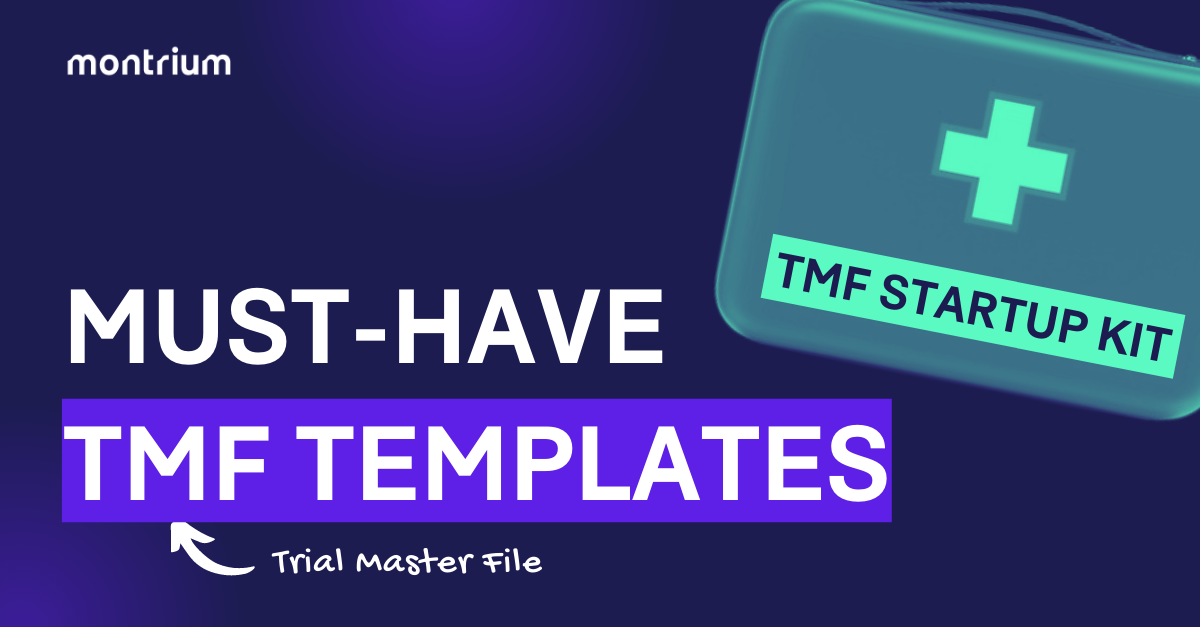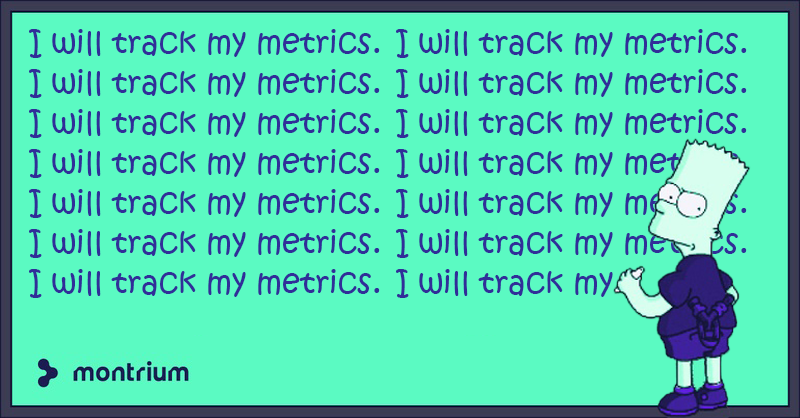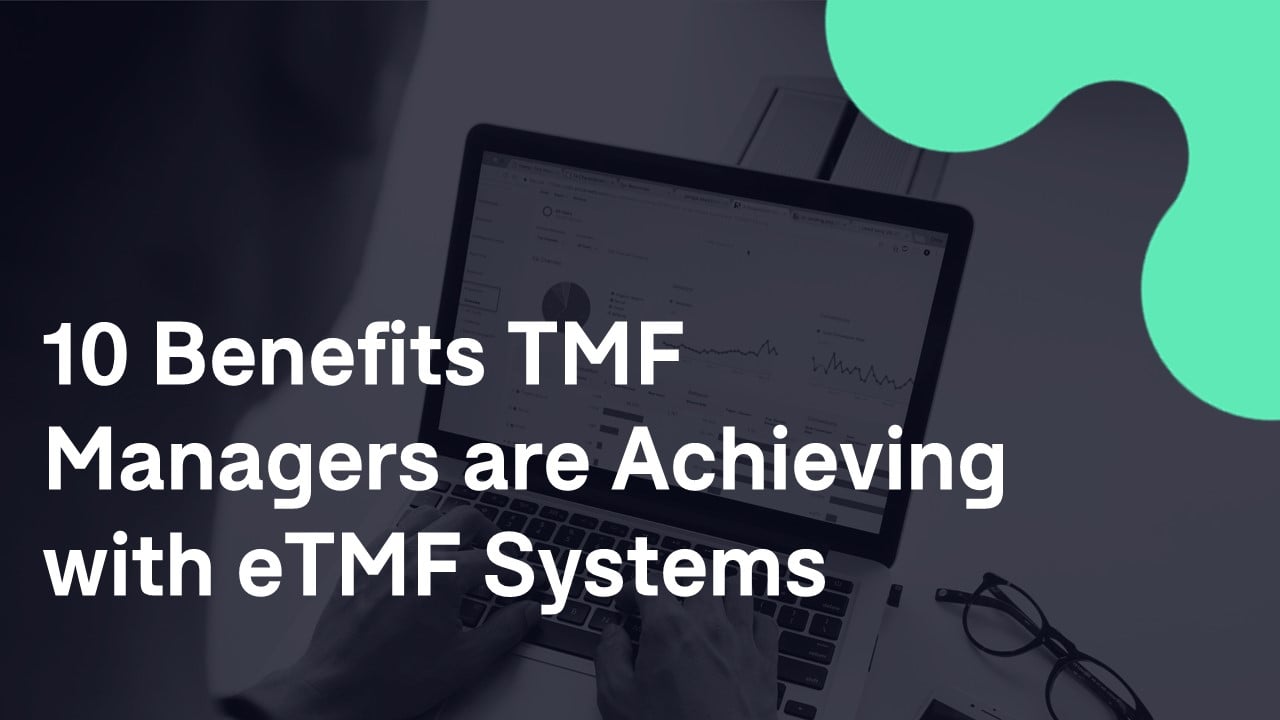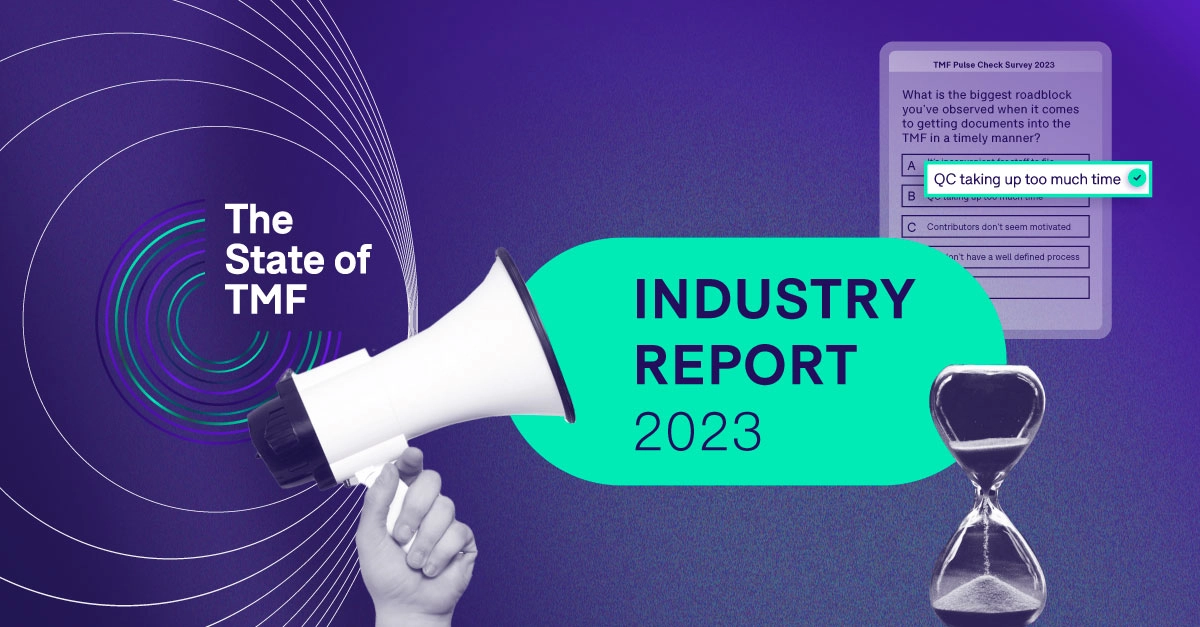
So, you’ve gone out and purchased yourself an eTMF system. But what now? Can you just boot up your new system and begin filing away? Unfortunately, not quite.
I often see companies that consider having an internal electronic system to manage their TMF as the final deliverable, the last milestone that needs to be achieved in order to become inspection ready. However, despite all the benefits and the undeniable truth that an electronic system facilitates better TMF management, implementing an eTMF is certainly not the end of your project—in fact, it’s the beginning of a journey.
Buying an eTMF is the tip of the iceberg. The majority of people don’t realize it right away, but now that you’re managing your clinical documentation in an eTMF, your process may need to be adjusted to be compliant with regulatory requirements and internal quality standards. And what forms the basis of your new clinical documentation management process? More documents, of course!
Below, I’ll share with you the four must-have procedural controls, work instructions and plans you need for managing TMF in-house, along with some tips for writing them. I’ll also let you in on a secret to getting these essential documents ready quickly and easily.
- You knew this was coming: eTMF SOPs
- A TMF manager's best friend: Work instructions
- Your roadmap to successful communication: The eTMF Plan
- The final piece of the puzzle: Business rules
- Pro tips for writing and developing your eTMF documents
- Your secret weapon for creating effective eTMF documents
- Final thoughts on must-have eTMF documents
- Key takeaways
Let’s dig in!
1. You knew this was coming: eTMF SOPs
Okay, let’s be real here. You almost definitely knew that we were going to mention standard operating procedures (SOPs) as the first of the must-have eTMF documents. But they’re at the top of the list for a reason: because they’re very, very important.
At the basis of any robust process is a robust SOP. SOPs can be high-level, or more granular; they can be hundreds upon hundreds of lines, or they can be succinct. No matter the format of the SOP, though, what matters most is that the process you develop therein is aligned with reality, and that the roles and responsibilities defined in the document are clearly detailed.
Yet the steps involved in establishing an efficient TMF management process are many, and to be able to capture each detail and explain everything properly in a single SOP can be very challenging. So, in order to better explain the specifics of your operational activities, you’ll also need to rely on another solution: work instructions.
2. A TMF manager’s best friend: Work instructions
Next up on our list of must-have eTMF documents is the humble work instruction. To showcase the importance of WIs, let’s think about the example of, say, your TMF quality check process. Performing QC of your TMF is not only a critical element of successful TMF management, but it is also often the subject of questions from inspectors. Since it undergoes so much scrutiny, it’s crucial to define your entire process in a clear and detailed manner that’s understandable to others. Not to mention, a thorough WI can be used for internal onboarding and training employees for entry-level roles.
The importance of WIs also becomes apparent when thinking about the administrative duties that come with managing a TMF. These duties are different for an eTMF system than they are for a paper one. The study needs to be set up inside of the system, complete with placeholders, milestones, and the document index. There are plenty of preparatory activities to be done before you can begin to file documents in your eTMF, and these activities can be addressed in a specific work instruction. Creating a WI allows you to ensure that the right knowledge is being transmitted to the right people. You don’t need to include minute details about TMF set-up activities in the general SOP for TMF management because not everyone will be involved. Thus, a finely worded WI is the perfect solution.
3. Your roadmap to successful communication: The eTMF Plan
Even with great SOPs and some clearly defined WIs, you’ll still need to think about another crucial study document: the eTMF Plan. While SOPs and WIs help to spell out the company process for managing the TMF, the actual story and process of the study itself is detailed (and agreed upon) in the eTMF Plan.
Often, there are several distinct actors involved in your TMF process—this could include sponsors, CROs, vendors, and more. This means that there will be different sources of documents, all of which need to be collected and filed in the TMF in order for it to be inspection-ready. The stakeholders need to be aligned in terms of expectations for the TMF. Everyone needs to be in agreement when it comes to the different roles and responsibilities, ensuring not only efficiency, but also compliance with both the regulatory requirements and company standards—which is where the eTMF Plan comes in.
Each stakeholder involved in the active production of documentation that will be filed in the TMF must agree to and sign the study’s eTMF Plan in order to obtain a clear picture of who will be doing what in the TMF process. Often, TMF management responsibilities are not defined in other types of agreements, such as the one signed between a sponsor and CRO. This is why the eTMF Plan becomes a critical point of reference among parties that need to agree upon the TMF requirements and expectations, making sure that they are inspection-ready at all times.
4. The final piece of the puzzle: Business rules
If you’ve managed to develop a master SOP, some supplementary WIs, and an eTMF Plan, then you’re on the right track. But can you just create all of these documents and call it a night? Not yet. There is one more must-have document in place that will help to guarantee consistency in your TMF: business rules.
The TMF management process is more complex than many people realize, and there are a multitude of aspects and impacts that you need to take into consideration. This is why written rules and procedures are crucial for defining a standard of quality for your TMF. To better understand how business rules play into this, let’s look at an example. Think about emails, for instance, which are a very tricky topic when it comes to TMF management. To properly manage emails and relevant correspondence, you need to define a process that all stakeholders (sponsor, CRO, consultants, etc.) can agree upon to ensure consistency throughout the entire TMF. You could be planning to upload the email in a PDF format, or you could be planning to upload only the attachments. Or maybe you are simply planning to keep the emails in an Outlook repository. Either way, all of these different options need to be discussed and stakeholders must come together to define a single approach that will be executed the same way by all TMF actors, no matter which party they are from.
Specifications about the size and format of files that people can upload into the eTMF are highly relevant information, but it’s usually difficult to incorporate these aspects into your overall SOP. The process that all stakeholders agree upon in the business rules must serve as the reference for operational activities that will support the consistency—and by extension, quality—that your TMF needs.
Pro tips for writing and developing your eTMF documents
Now that we’ve gone over the four must-have documents for managing your TMF in-house, I’d like to share some tips I’ve learned for writing and developing these documents.
- Keep it real. You could be the most talented wordsmith in the world and write a beautiful SOP, but if it doesn’t reflect reality, you’ll be in trouble.
- Keep it simple. These documents need to be used not only as a day-to-day reference, but also for teaching new employees who have never performed the activity. Write each document as if you were explaining it to someone who isn’t familiar with the subject, making sure that it’s clear and easily understandable.
- References are your friend. If a process or activity is already well explained in another SOP, there’s no need to duplicate the content.
- Define a RACI table. Roles and responsibilities must be clear at any stage of the process and to any actor involved in TMF management.
- Stay current. Processes can change, people and their roles can change—basically anything can change. This is why it’s very important that the SOP and other document content are aligned with the current situation at your company. Make sure that the document version is updated whenever a change arises.
Your secret weapon for creating effective eTMF documents
It’s fundamental to have your SOPs, WIs, eTMF Plan, and business rules in place before the clinical trial starts. You can’t manage an eTMF without a proper SOP, you can’t proceed to work with other parties if there is no agreement in place in the eTMF Plan, and so on and so forth. Upon implementing an eTMF system, you essentially need to sprint in order to develop the process to manage it and ensure compliance. And yes, this all takes a lot of work. But having pre-defined TMF templates can make a massive difference.
Sourcing document templates from your vendor means reducing the effort you need to put into setting up your eTMF, as well as reducing the time it takes for your system to go live. Montrium’s newly-launched eTMF Services team has pooled together collective years of in-depth industry experience to develop robust, thoughtful TMF templates. Each of these templates is based on and aligned with functionalities of our eTMF system, and they also allow for customization based on the profile of your company. Getting your hands on templates like these will help launch your journey to TMF excellence.
Final thoughts on must-have eTMF documents
Once you’ve finalized your eTMF documents and established your process, don’t expect to just leave it on autopilot. Yes, it’s a necessary first step toward achieving compliance, but you should also anticipate that there will be changes and improvements to be made—for instance, maybe when performing a gap assessment after the first year.
I’d like to leave you with a reminder: buying an eTMF is the beginning of a journey. In fact, it’s like purchasing a plane ticket (destination: inspection readiness). While you know that your eTMF can get you to where you want to go, you still need important documents, such as your passport and a visa, before you can set off—or, to break metaphor, you need SOPs, WIs, an eTMF Plan, and business rules.
Key takeaways
- Investing in an eTMF is the first step toward inspection readiness and compliance
- There are four main documents that you’ll need to have ready before your study begins: SOPs, WIs, an eTMF Plan, and business rules
- Your SOP should be robust and serve as the basis of your process
- Supplement your SOP with WIs that contain more detailed information about specific functions
- Set yourself up for successful communication between stakeholders in your eTMF Plan
- Make quality the standard by baking it into your business rules
- Leveraging document templates can save you a great deal of time and resources
- Document templates created by Montrium’s eTMF Services are expert-backed and customizable
Templates aren't the only thing our eTMF Services can help you with. Find out how we can help you scale your TMF practice in a matter of weeks below 👇
.jpg)
Donatella Ballerini
Donatella Ballerini is the Head of eTMF Services at Montrium. She has over 12 years of experience in the clinical trial space and previously served as Head of the GCP Compliance and Clinical Trial Administration Unit at Chiesi Farmaceutici. She specializes in ensuring the compliance of all clinical operations processes with ICH-GCP and guaranteeing continuous inspection readiness of the TMF.





.png?width=970&name=Scale%20your%20TMF%20practice%20in%20a%20matter%20of%20weeks%20(1).png)

-1.png)
-1.png)



.jpg)

.png)

